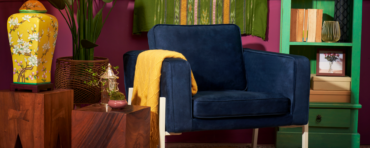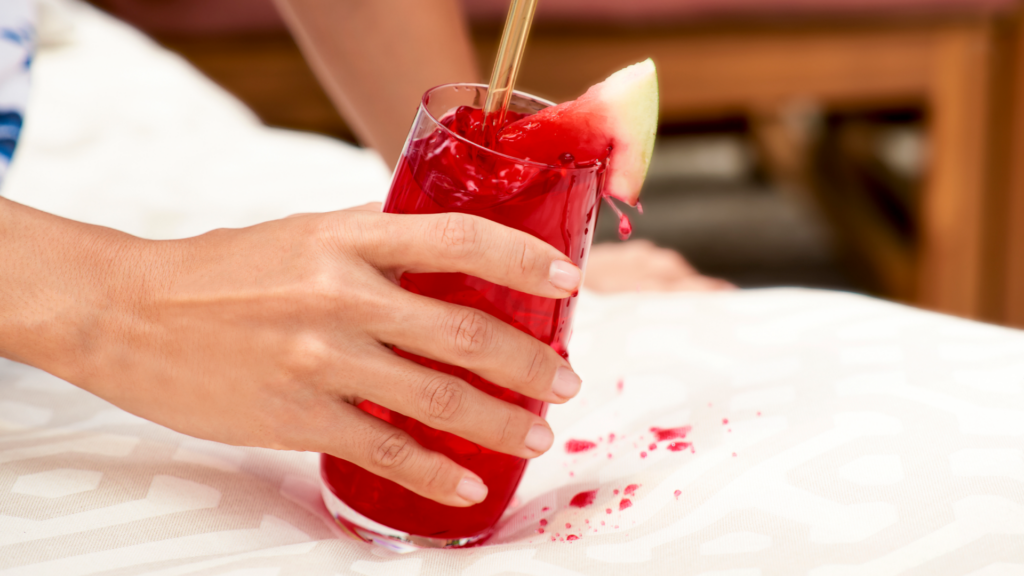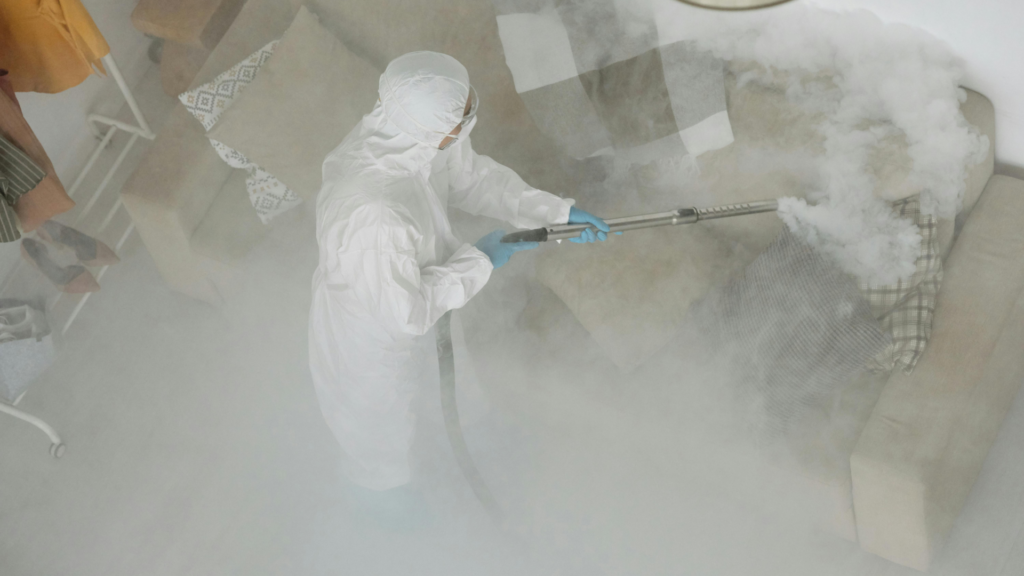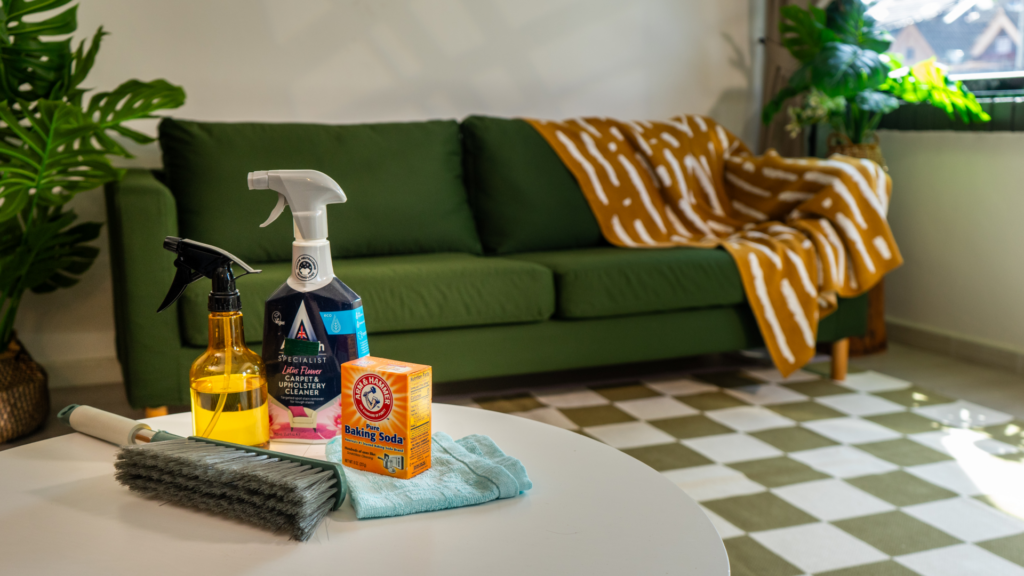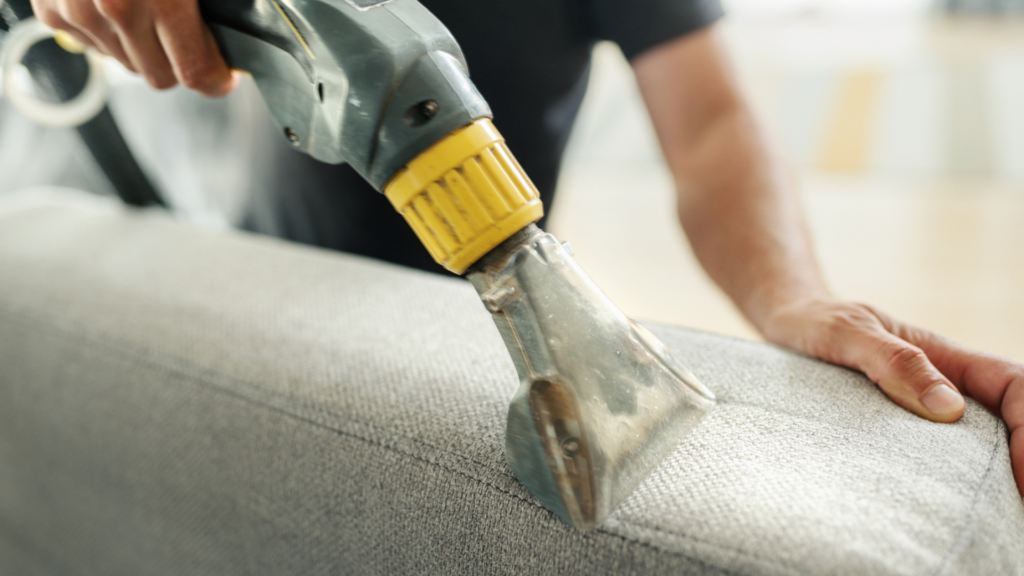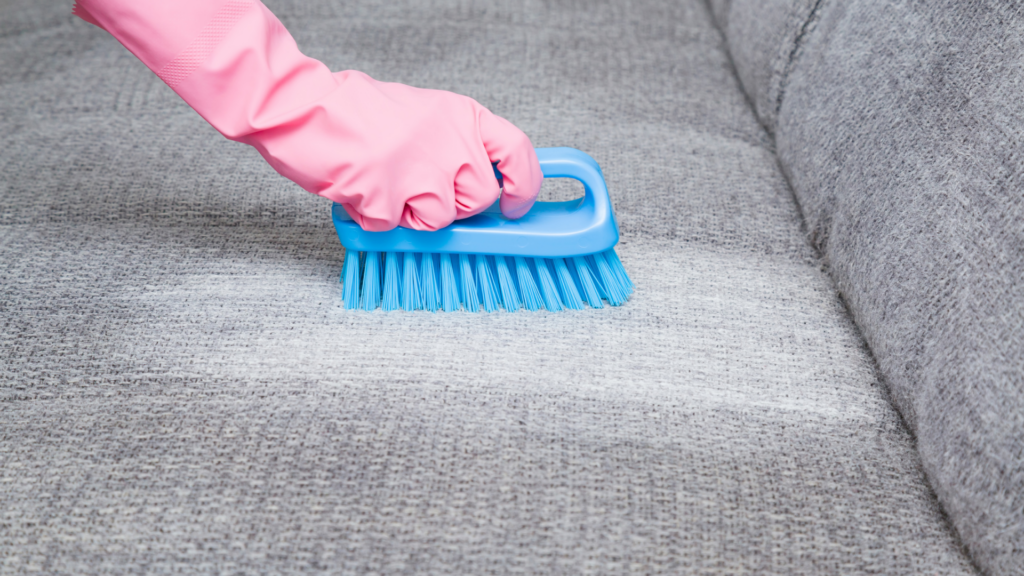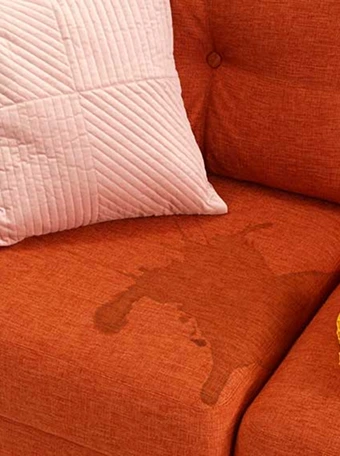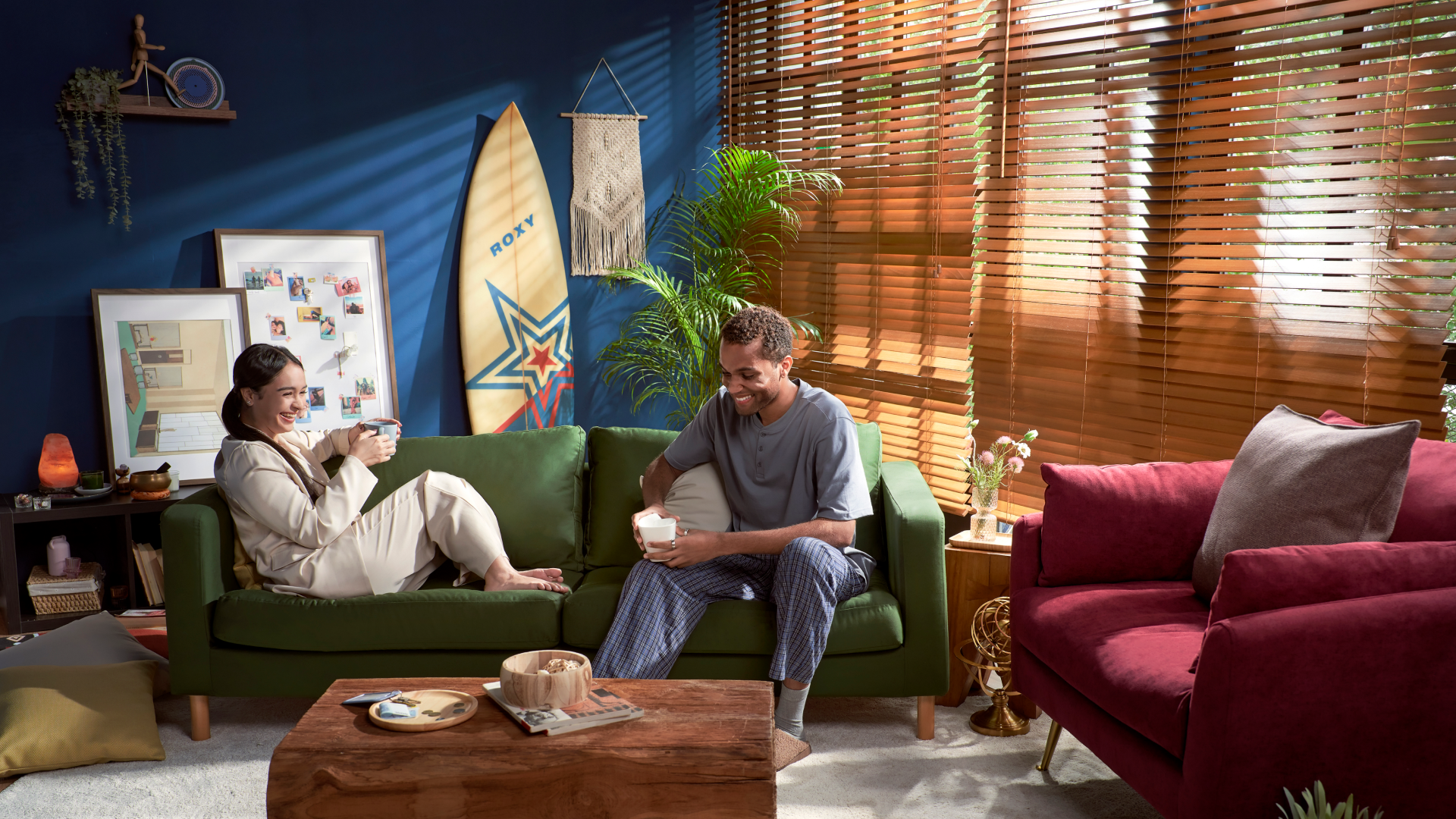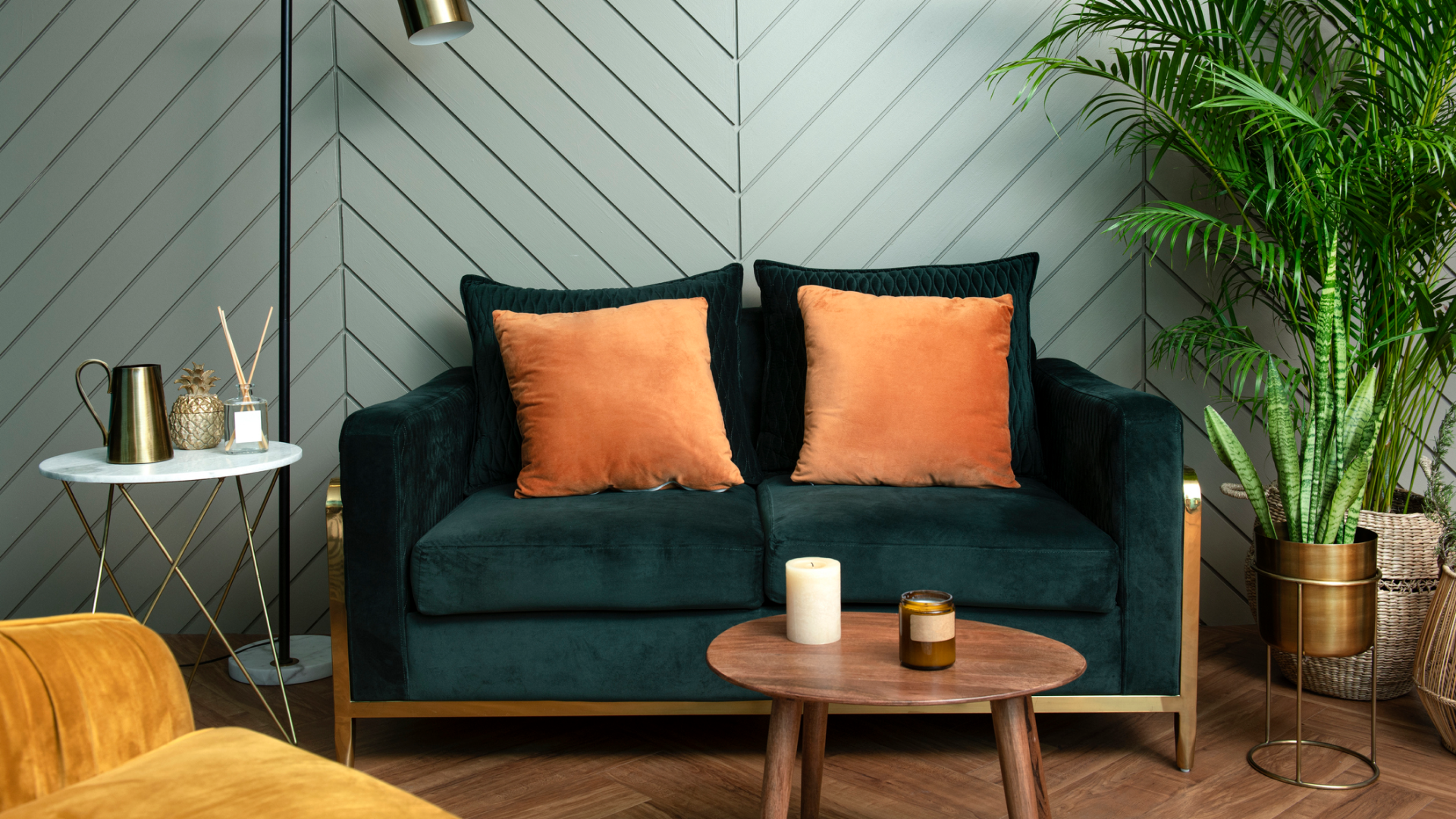Are you scrolling through the top 2025 interior design trends, unsure of what to incorporate into your home?
Every year, actually, every season, there are new trends flooding our feeds. But which one should you go for?
We thought we’d highlight living room designs that are evergreen.
Continuously being in vogue with your living space can feel like an expensive endeavor, and honestly, who has the time.
Take the Pantone colour of the year, Mocha Mousse — it’s a sumptuous and rich colour.
But will you be just attached with this shade when the 2026 colour gets revealed?
Some of the 2025 trends include leaning into rich velvets, curved sofas, and embracing wallpaper everywhere (even on walls!).
The danger with chasing fads is that many trends age poorly, making your home feel cringey and dated.
(FYI: Vogue has already announced that all-white interiors and over-curated spaces are on their way out.)
We believe in creating a living room that blends functionality, aesthetic appeal while representing your personal style and taste.
Think of it as designing a home that feels as fresh and inviting in ten years as it does today.
Interior design trends that defined the past century
Before looking into what’s now, let’s take a gander at past iconic design movements.
Certain interior design trends have left an enduring mark on the way we decorate our homes.
These design movements not only shaped their eras but also introduced elements that remain timeless staples in modern interiors.
1920s: Art Deco elegance
Glamorous, bold, and unapologetically luxurious — that is Art Deco.
The movement brought geometric patterns, shiny metallics, and rich materials like velvet and marble to the forefront.
Many believe that Art Deco’s design represents modernism turned fashion.
Think gold-accented lighting, mirrored furniture, and statement designs that exude sophistication.
It went out of fashion after World War II, but made a resurgence in the late 1960s.
While Art Deco has made a huge comeback in 2025, having an entirely Art Deco design for your space can feel dated.
Instead, borrow elements of opulence and grandeur that capture its essence.
1950s: Mid-Century Modern
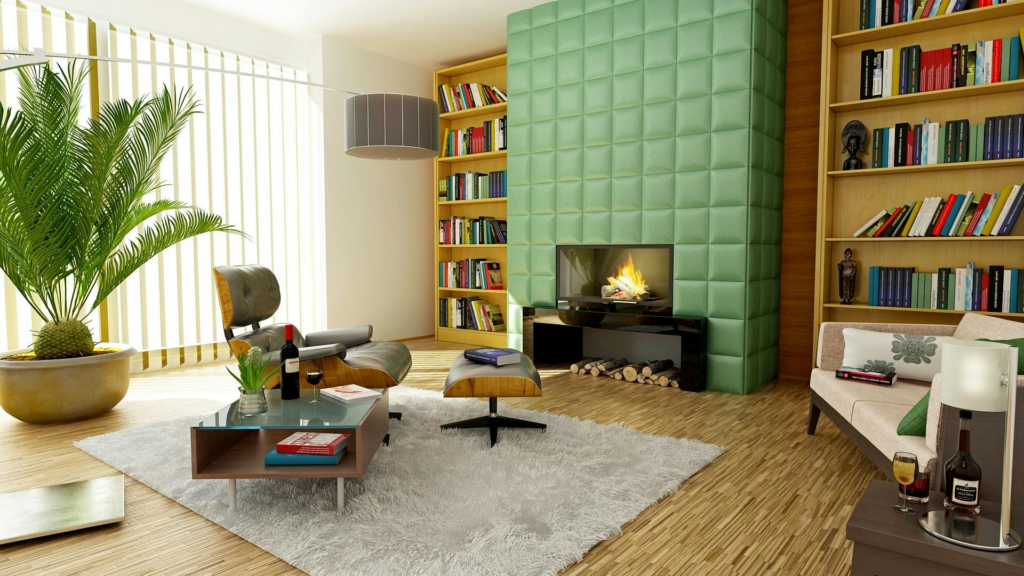
Sleek lines, functional furniture, and a love for natural wood defined this era.
“Mid-century Modern design evolved in response to a post-World War II environment,” designer Liza Kuhn explains.
“Designers and architects were eager to develop new ideas that married the mass production and technology invented during the first half of the 20th century with a more optimistic outlook for the future.”
Mid-century Modern design prioritised simplicity and practicality while still being incredibly stylish.
Iconic pieces like Eames chairs and teak furniture continue to be sought after today.
1970s: Earthy and eclectic
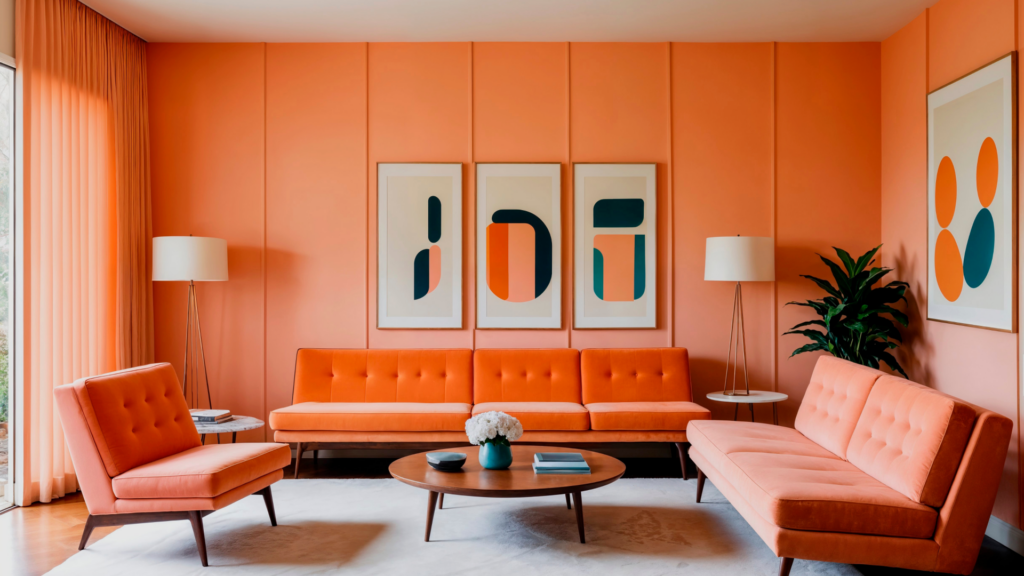
The 1970s embraced a mix of warm, earthy tones (hello, avocado green and burnt orange), bold patterns, and bohemian vibes.
House Beautiful calls it the most influential decade for interior design.
Look at the sets of the TV series “Mad Men” or the movie “Don’t Worry Darling” for a better idea of this style.
Natural materials like rattan and macramé were all the rage, alongside cosy textures and layered designs.
2000s: Minimalism and monochrome

While Marie Kondo recently inspired many to declutter their homes, minimalism was already on the rise in the early 2000s.
In terms of interior design trends, it is the polar opposite of maximalism, and has a reputation for feeling detached or clinical.
However, today, minimalist design takes on a whole new character, with warmth created through a mix of textures and shades.
If that old, tacky picture frame sparks joy, keep it. Maybe get rid of that overly ornate mirror that your mother-in-law forced on you instead.
Clean, decluttered spaces with monochromatic colour schemes dominated, with an emphasis on functional yet stylish furniture.
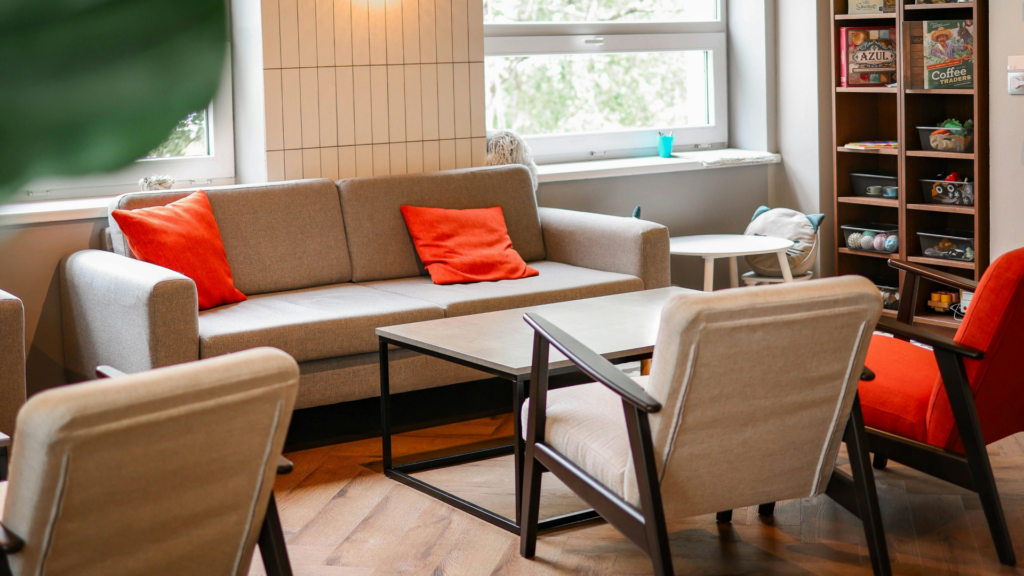
Your home’s best friends: 5 elements that never go out of fashion
Interior design trends often chase the latest fads, but there are key themes that make some of these design choices universally appealing.
Iconic trends have left a lasting legacy, influencing how we mix vintage and modern elements in our homes.
By borrowing from these movements, you can create a space that feels both timeless and current.
These elements are the foundation of a space that feels both stylish and enduring.
Here are five design features that have earned their place as your home’s best friends:
1. Neutral colour palettes
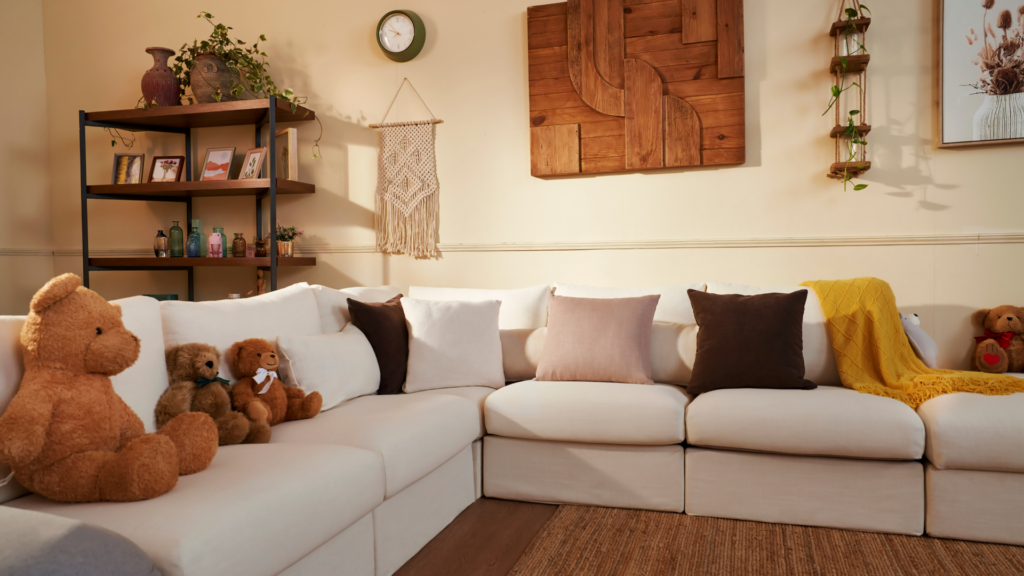
Soft and versatile, neutral colours like whites, greys, beiges, and taupes create a harmonious backdrop.
They are easy to build on, in terms of decor. Think of it as your canvas.
If you’re not feeling the run-of-the-mill white or grey, consider warm and cool neutrals.
Warm neutrals have a yellow, orange or pink undertone while cool neutrals have blue, purple or green.
These shades bring balance to a room and allow you to experiment with bolder accents or seasonal trends without overwhelming the space.
Neutral tones make your space feel bright, calm, and effortlessly cohesive.
2. Natural materials

There’s something timeless about materials that come straight from nature.
Wood, stone, leather, linen, and rattan add warmth, texture, and a sense of grounded elegance to any space.
A great bonus is that they age beautifully, often looking better with time.
You can start simple, like trying a new cotton sofa cover for your couch.
Natural materials bring authenticity and a connection to the outdoors, making them universally appealing.
3. Statement lighting
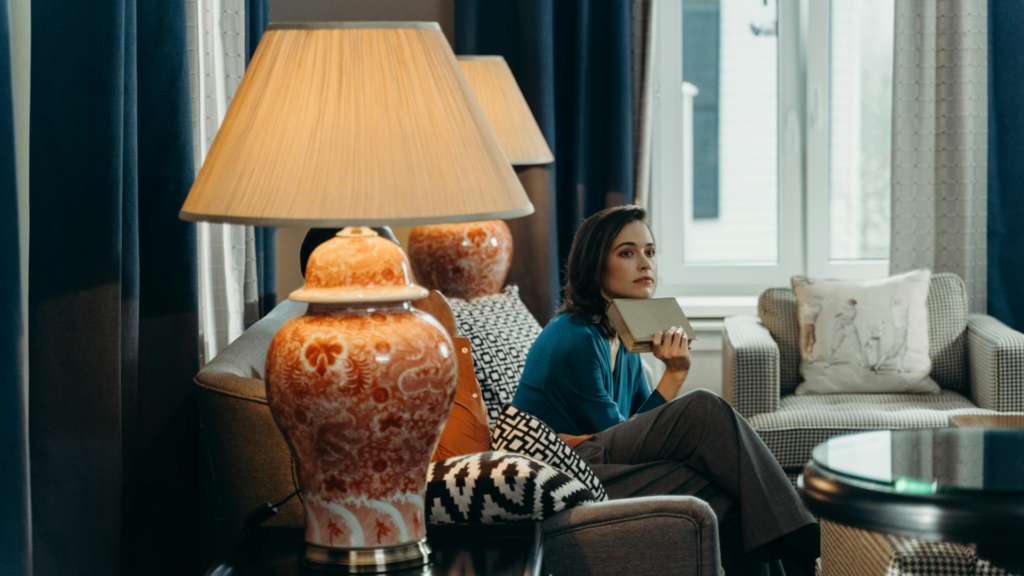
A beautifully crafted pendant light, chandelier, or sleek floor lamp does more than just brighten a room — it makes a statement.
Timeless lighting pieces combine function and artistry, serving as focal points that tie the entire space together.
A striking light fixture need not break the bank. Take for instance, IKEA’s ZEBRASÄV pendant light.
Investing in good lighting can set the mood and elevate your space.
4. Layered textures
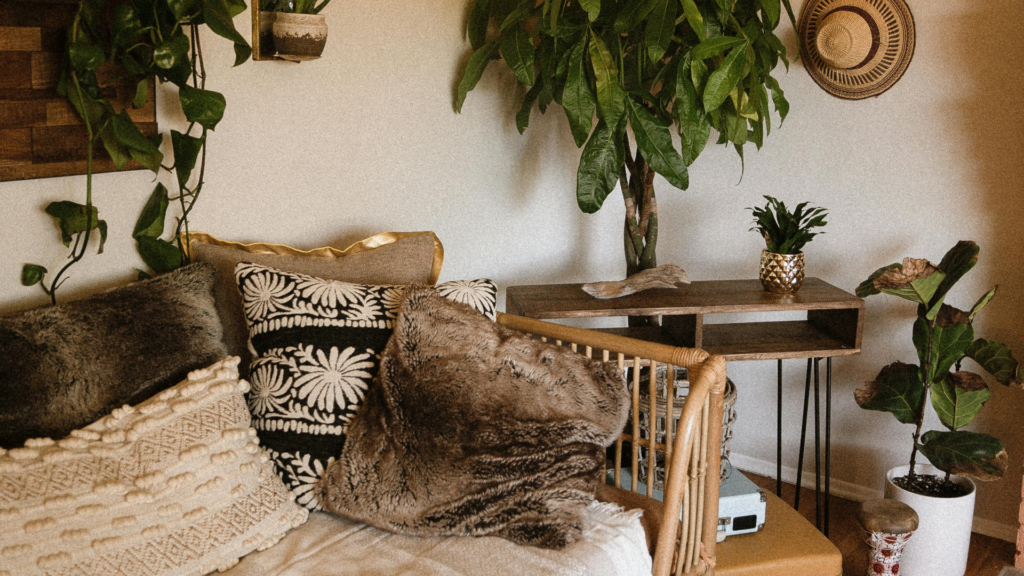
Mixing and matching textures — like a plush velvet sofa with a rustic jute rug or a smooth marble table with cosy knit throws — creates depth and dimension.
This helps your home feel both polished and inviting.
The contrast of hard and soft elements keeps your space visually interesting while adding warmth and comfort.
Simple ways to incorporate textures are through throws, pillows, mats and carpets.
Choose a colour palette and pick up pieces that fit your colour scheme but vary in textures.
5. Quality craftsmanship

Think of this as your investment pieces, like a custom sofa, hand-crafted armoire or a designer coffee table.
These items should not follow interior design trends but rather suit your personal tastes.
Timeless interiors include pieces that are built to last, both in style and durability.
Quality craftsmanship elevates your space and creates a sense of permanence.
It gives your living room an anchor, and you can design your whole space around these pieces.
Well-made furniture never goes out of fashion and tends to hold up against the wear and tear of daily life.
At Comfort Works we believe in offering you the best quality, so your home feels both stylish and practical.
Our sofa covers are durable and come in a range of fabrics and colours, so you can customise the look you want.
Want to know if we can cover your current couch? (Don’t worry if you can’t find your sofa as we also offer made to measure services)
Summary
Interior design trends come and go (sometimes faster than we can keep up with), but creating a home that looks stylish today and ten years from now? That’s the real goal. Instead of chasing fads that might feel outdated by next season, why not embrace design choices that stand the test of time?
From the bold elegance of Art Deco to the warm, lived-in charm of 1970s interiors, history has given us plenty of inspiration. But if there’s one lesson to take away, it’s that certain elements never go out of style. Think neutral colour palettes, natural materials, statement lighting, layered textures, and quality craftsmanship — these are the secret ingredients to a timeless home. They offer flexibility, making it easy to incorporate new trends in small, non-committal ways (hello, slipcovers and throw pillows) while ensuring your space always feels fresh and personal.
At Comfort Works, we believe in creating a home that grows with you, not against you. Our durable, customisable sofa covers help you adapt to evolving styles without the cost or hassle of replacing your entire couch. So, whether you love a classic Mid-Century Modern aesthetic or prefer the cosy textures of a well-layered space, we’ve got you (and your sofa) covered.
Curious if we have a slipcover for your couch? Let’s find out! Find My Sofa
